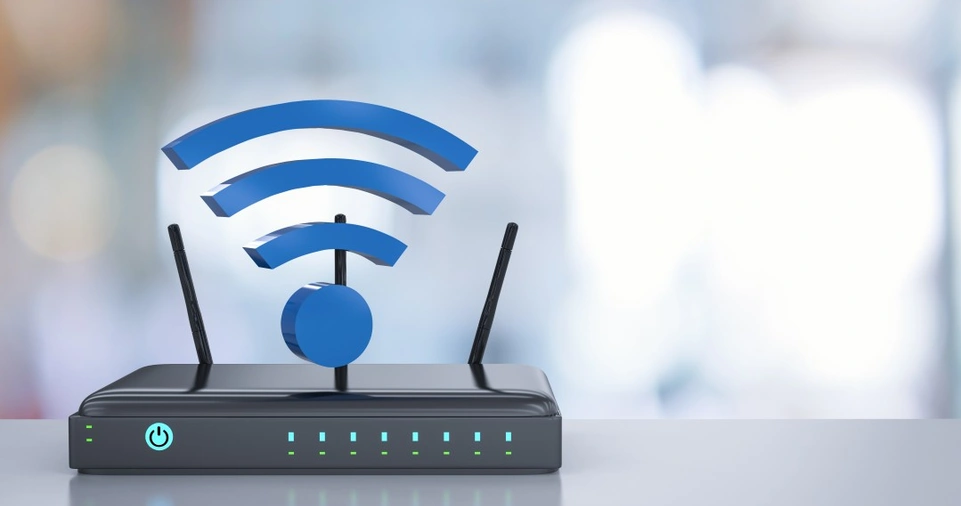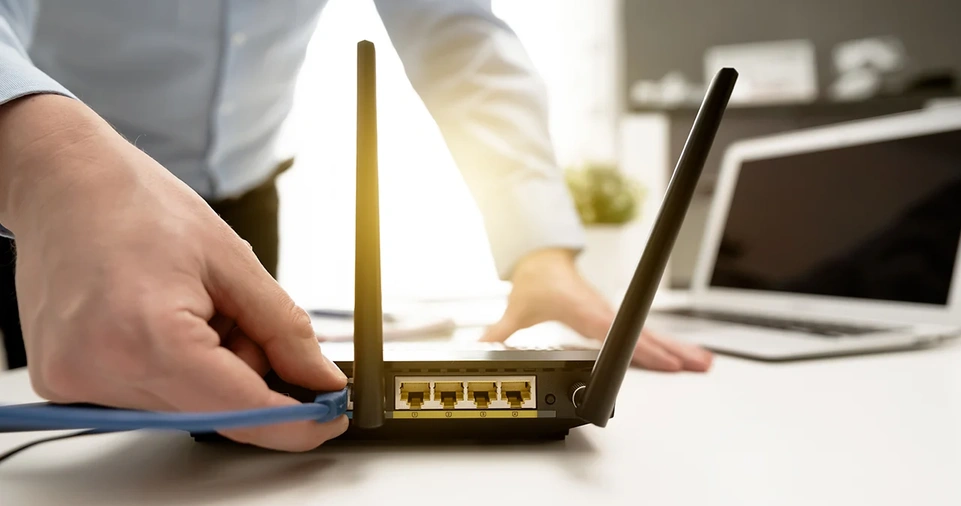In today’s digital world, having a fast and stable internet connection is essential for work, streaming, gaming, and general browsing.
However, slow Wi-Fi speeds and poor connectivity can be frustrating. This guide will help you optimize your Wi-Fi network for maximum speed and performance, ensuring a seamless online experience across all your devices.
Understanding Wi-Fi Speed and Performance
Wi-Fi speed depends on multiple factors, including router placement, interference, bandwidth limitations, and the number of connected devices.
Before making changes, conduct a speed test using tools like Speedtest.net or Fast.com to measure your current performance. Understanding these variables will help you diagnose and fix connectivity issues efficiently.
Factors Affecting Wi-Fi Speed
| Factor | Description |
|---|---|
| Router Placement | Positioning affects coverage and strength. |
| Interference | Devices like microwaves, Bluetooth, and neighboring Wi-Fi networks can cause disruptions. |
| Bandwidth Usage | High-demand activities like streaming and gaming consume more bandwidth. |
| Number of Devices | More connected devices can lead to congestion and slow speeds. |
| Router Hardware | Older routers may not support high-speed connections. |
| Internet Plan | Your ISP’s speed limit determines the maximum possible Wi-Fi speed. |
| Network Congestion | Peak usage times can slow down your connection. |
| Background Processes | Automatic software updates and cloud backups can consume bandwidth. |
ALSO READ: How to Write Blog Posts That Attract More Readers?
Steps to Optimize Your Wi-Fi Network

Upgrade Your Router
If your router is outdated, upgrading to a modern router with the latest Wi-Fi standards (Wi-Fi 6) can significantly enhance speed and coverage.
Newer routers support improved signal distribution, MU-MIMO technology for multiple devices, and better security protocols to protect against cyber threats.
Place Your Router Strategically
- Position it centrally in your home for even coverage.
- Avoid placing it near walls, floors, or metal objects.
- Keep it elevated for better signal distribution.
- Consider wall-mounting or using a dedicated router stand for optimal performance.
Choose the Right Wi-Fi Band and Channel
Most routers offer dual-band (2.4 GHz and 5 GHz) or tri-band Wi-Fi.
- 2.4 GHz: Longer range but slower speeds, better for general browsing and smart home devices.
- 5 GHz: Faster speeds but shorter range, ideal for gaming and streaming.
- Wi-Fi 6 (6 GHz): Less interference and high speeds, best for large households with many connected devices.
Use router settings to scan for the least congested channels and switch to them to reduce interference from nearby networks.
Secure Your Network
An unsecured network can allow unauthorized users to consume bandwidth, slowing down your connection. Secure your Wi-Fi by:
- Using WPA3 or WPA2 encryption.
- Changing the default SSID and password.
- Disabling WPS to prevent unauthorized access.
- Enabling MAC address filtering to limit device access.
- Setting up a guest network to keep visitors off your main Wi-Fi.
Limit Bandwidth-Hogging Applications
- Identify and manage high-bandwidth activities such as 4K streaming and online gaming.
- Use Quality of Service (QoS) settings to prioritize critical applications.
- Set bandwidth limits for devices that do not require high-speed connections.
- Disable auto-sync features on cloud storage services when not in use.
Reduce Interference
- Keep the router away from microwaves, cordless phones, and other electronic devices.
- Change the router’s frequency if nearby networks are causing interference.
- Turn off unused Bluetooth devices to prevent frequency overlap.
- Adjust antenna orientation for better signal directionality.
Use Ethernet for High-Demand Activities
For tasks like gaming, video conferencing, and large file transfers, use a wired Ethernet connection instead of Wi-Fi for better stability and speed. Ethernet connections reduce latency and eliminate the impact of wireless interference.
Update Firmware Regularly
Ensure your router’s firmware is updated to get performance improvements, security patches, and bug fixes.
Many modern routers offer automatic firmware updates, which should be enabled for optimal functionality.
Upgrade Your Internet Plan
If your speed is still insufficient, check if your ISP offers higher-speed plans and consider upgrading if needed.
Many providers offer fiber-optic connections that deliver significantly faster speeds than traditional cable or DSL options.
Add Wi-Fi Extenders or Mesh Networks
If you have a large home, consider using Wi-Fi extenders or a mesh network to eliminate dead zones and ensure consistent coverage.
Mesh systems provide seamless connectivity by distributing multiple access points throughout your space, improving signal strength and reliability.
Enable MU-MIMO Technology
MU-MIMO (Multi-User, Multiple Input, Multiple Output) allows your router to communicate with multiple devices simultaneously rather than sequentially, improving speed and efficiency in multi-device households.
Reduce Connected Device Load
- Disconnect unused devices from your network.
- Use separate networks for smart home devices and personal use.
- Schedule automatic device disconnections for nighttime to free up bandwidth.
Optimize VPN Usage
If you’re using a VPN, ensure its configured correctly and does not significantly slow down your connection. Choose a high-speed VPN service with multiple server locations to minimize lag.
ALSO READ: How to Improve Sleep Quality with Simple Changes?
Troubleshooting Slow Wi-Fi Issues

| Issue | Solution |
|---|---|
| Slow Speed Despite High ISP Plan | Check for network congestion, upgrade router, or optimize settings. |
| Frequent Disconnections | Restart router, update firmware, and reduce interference. |
| Dead Zones in Home | Use a Wi-Fi extender or mesh system. |
| Too Many Devices Connected | Limit background device activity or upgrade to a higher bandwidth router. |
| ISP Throttling | Use a VPN to bypass throttling restrictions imposed by your ISP. |
| Laggy Online Gaming | Switch to wired Ethernet, use gaming routers with low-latency features. |
| Slow Speeds During Peak Hours | Schedule bandwidth-heavy activities for off-peak times, upgrade to a higher-tier ISP plan. |
ALSO READ: How to Market Your Business on Social Media Effectively?
Conclusion
Optimizing your Wi-Fi network involves a combination of better hardware, strategic placement, network security, and interference reduction.
By implementing these tips, you can significantly improve your internet speed and reliability for a seamless online experience.
Whether you’re working remotely, gaming, streaming, or managing a smart home, a well-optimized network ensures smooth performance and minimal disruptions.
Regularly reviewing and updating your settings will help maintain an efficient and fast internet connection for years to come.







